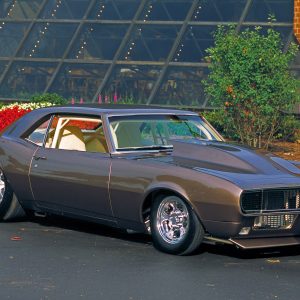ford

Mustangs are usually not candidates for sleepers, because everyone knows Mustangs have plenty of power from the factory for their lightweight bodies. This example, owned by Mike Skiles, looks like an original ’69 Mustang, but as soon as the engine is fired, that logic is thrown out the window.
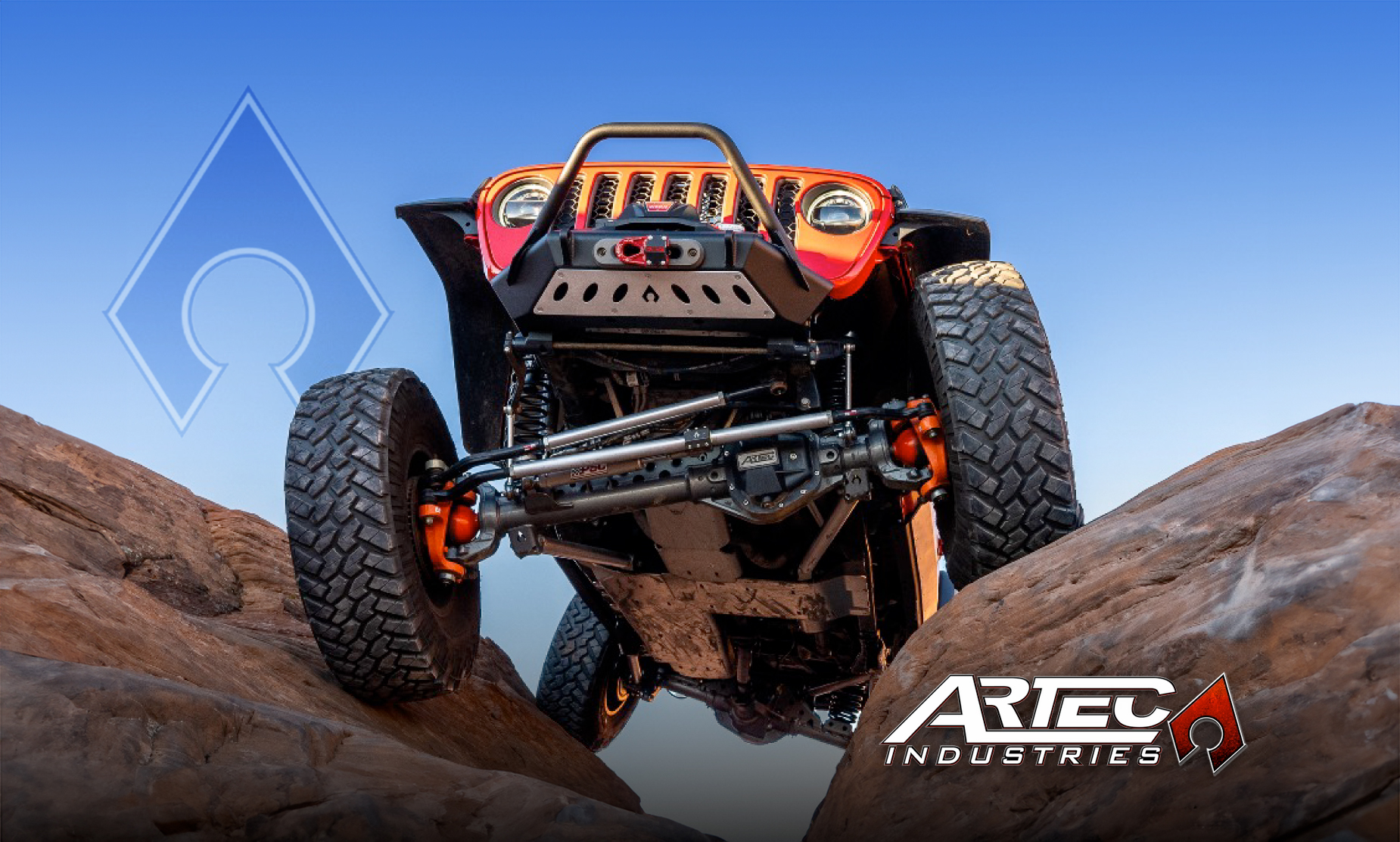
Artec Industries, specializing in designing and manufacturing high-quality off-road components for Jeep, Toyota, Chevy, Ford, Dodge, Scout, or Custom vehicles, is known for its innovative designs, quality reputation, fast shipping, and exceptional customer service. Founded in 2003 by Artie Nuttall, the company has a mission to provide world-class aftermarket automotive parts to off-road enthusiasts and to break the mold on what has been done in the industry. Artec’s relentless dedication ensures that it consistently exceeds customer expectations and earns their trust through unparalleled service.
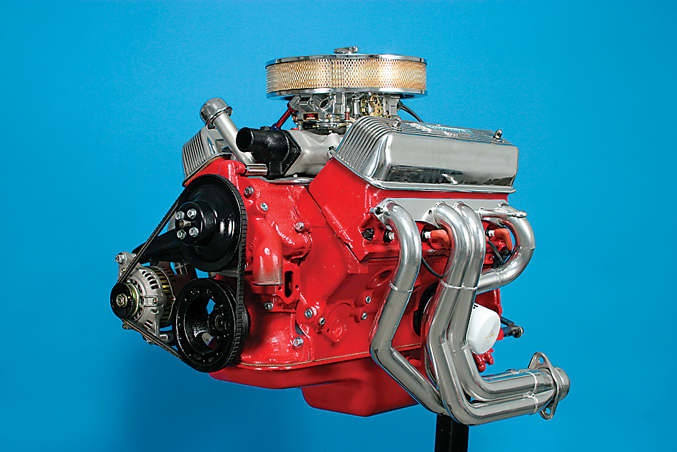
When Ford introduced its Y-block engine in 1954, it labeled the engine the worthy successor to the venerable Flathead. The Flathead gained a loyal following of hot rodders and racers, but the big Cadillac overhead-valve V-8 and Oldsmobile’s Rocket 88 were stealing Ford’s thunder in terms of power, so something had to be done, and Ford decided to respond. The answer was a clean-sheet V-8 design, featuring overhead valves and improved cooling compared to the old Flathead. It was dubbed the “Y-block” because of the way it looked and because of its deep skirt and tall cylinder heads.
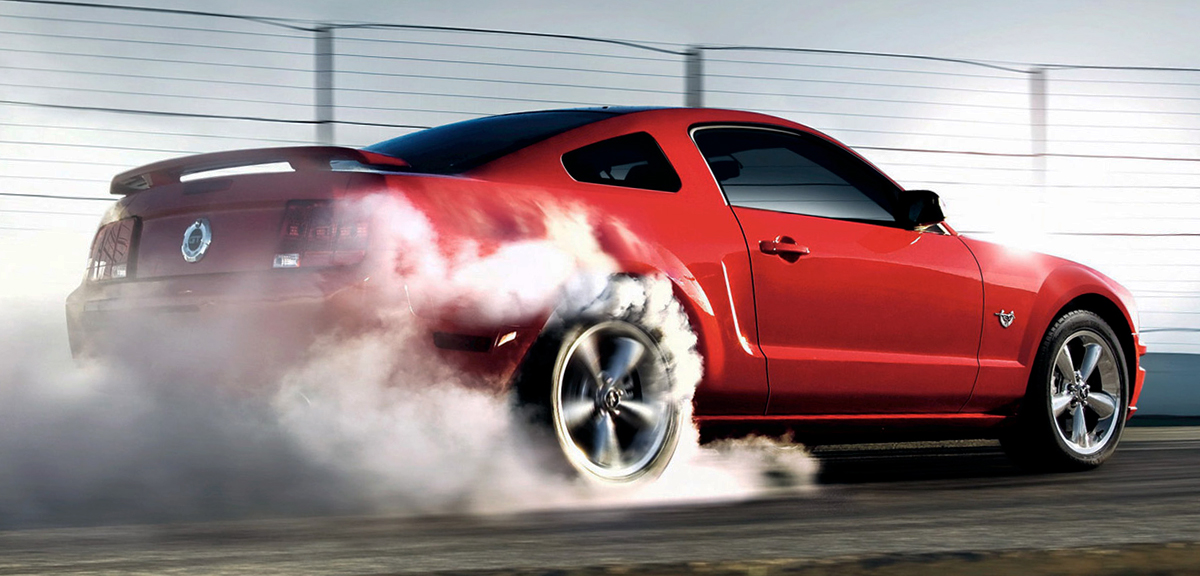
Replacing the rear suspension arms is something of a Mustang tradition, and the S197 platform is no exception. Wheel hop is proving to be something of a problem on these vehicles, and Modular Mustang Racing has the solution in the form of new lower rear control arms for the ’05 Mustang.
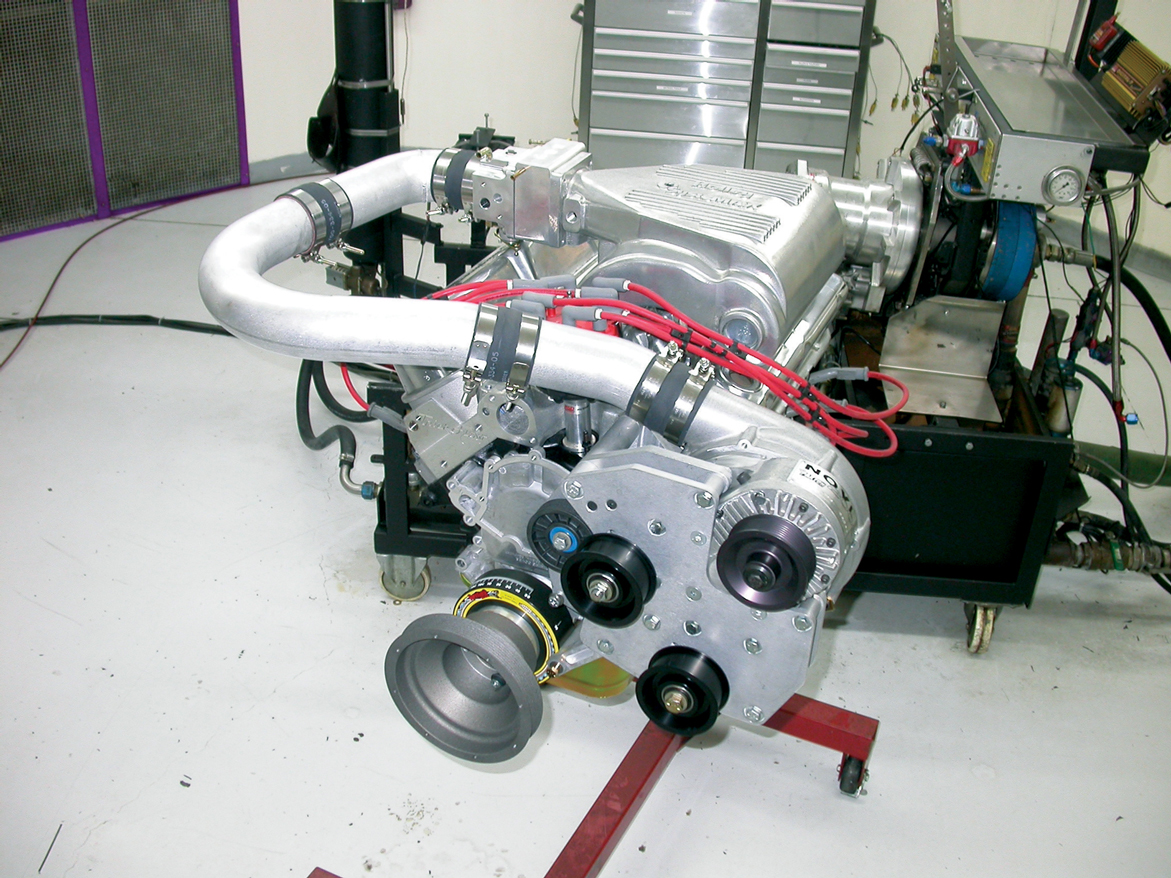
When you go looking to make huge power from your 5.0-liter Ford, the limiting factor will always be the weakest link in the chain. In the case of our supercharged 331 stroker buildup, the weakest link turned out to be the production block. Like most enthusiasts, we had no budget for a DART racing block or even a Ford Racing Sportsman block, but we decided to tempt fate nonetheless and go for a big power number on the dyno. Considering that the stock fuel-injected 5.0-liter was rated at a measly 225 hp, even a 300hp buildup would offer a welcome change in performance.
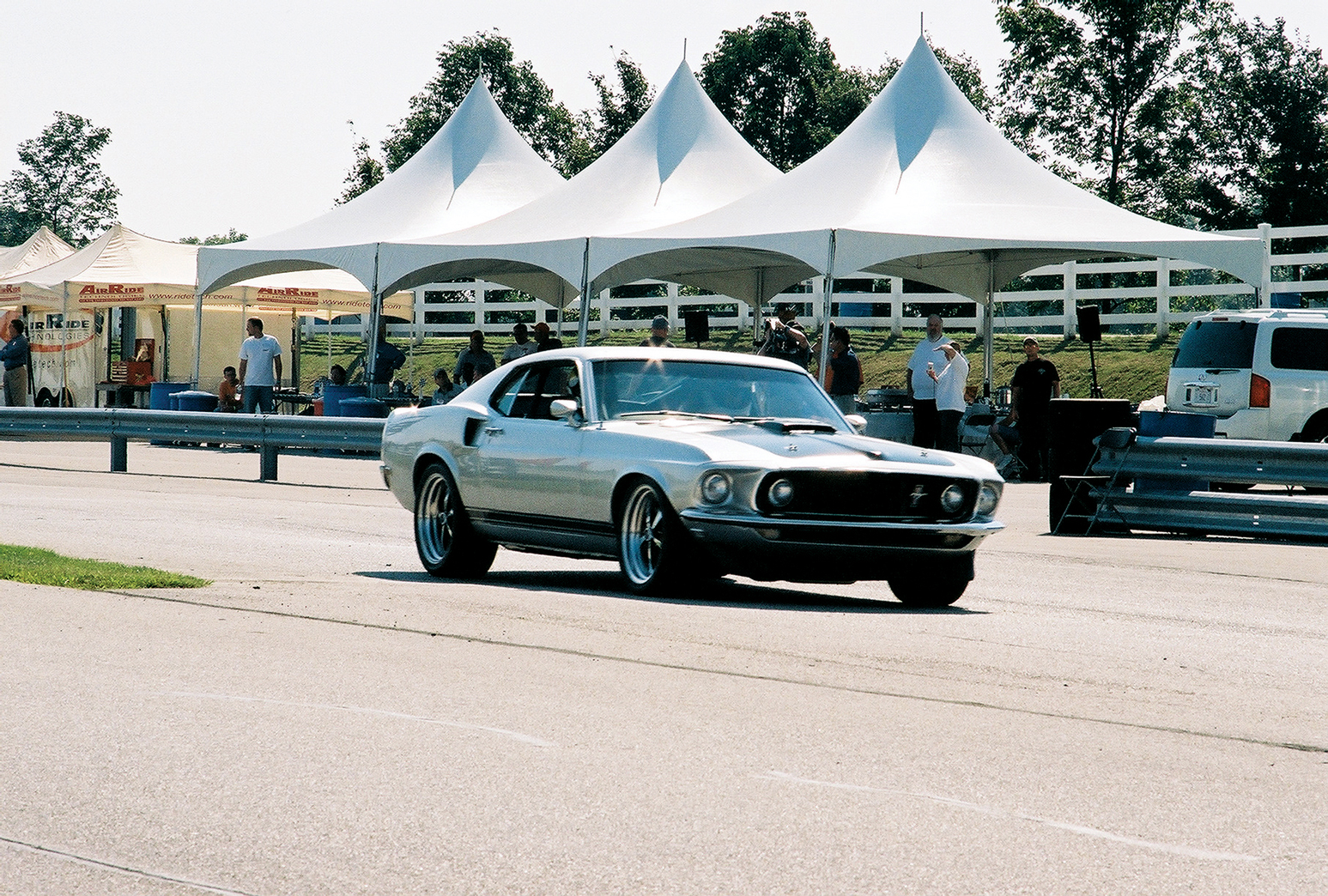
As much as it rankles Blue Oval fans, the early Mustangs used the same suspension as the Falcon and the Comet. It brings to mind cars powered by little six-bangers, dubbed “economy cars,” and not meant for the performance-minded-like a ’60s version of a Geo Metro or Yugo. Those who drove them loved and abused them, and quickly determined the limits of the factory suspension—especially with any power under the hood.
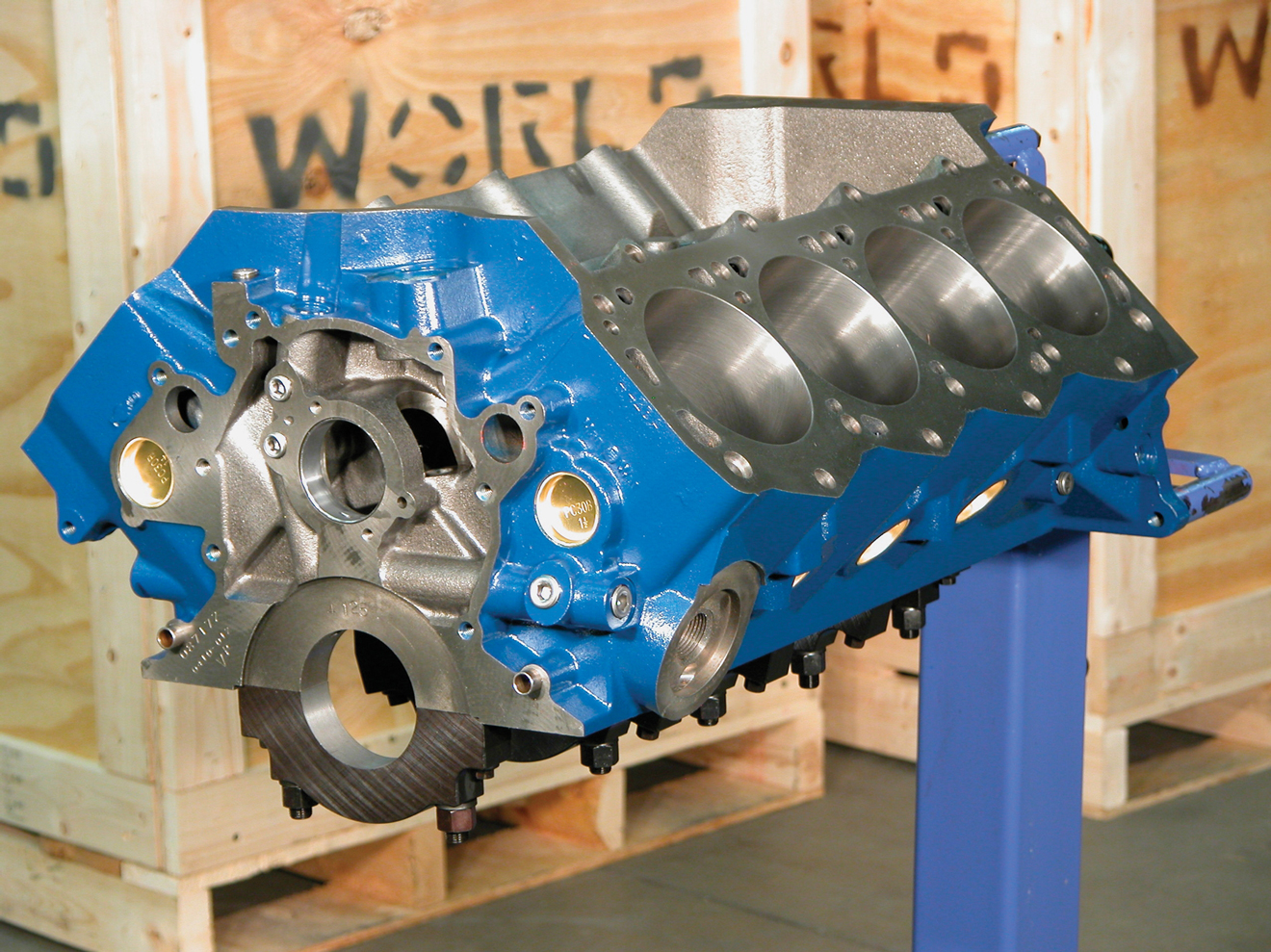
While the small-block Chevy is the popular engine choice for many enthusiasts, many are now relying on a Blue Oval heart for their performance bodies. With its link to Ford, the original body manufacturer for many of the classic cars we see today, the small-block Windsor-style Ford engine offers several advantages. When compared to Chevy, the lack of firewall clearance for a number of Chevy engine swaps is due to the rear distributor position of the engine. The front-mount distributor position is the more logical place to drive the distributor and the oil pump. Not to mention, it’s much more convenient.
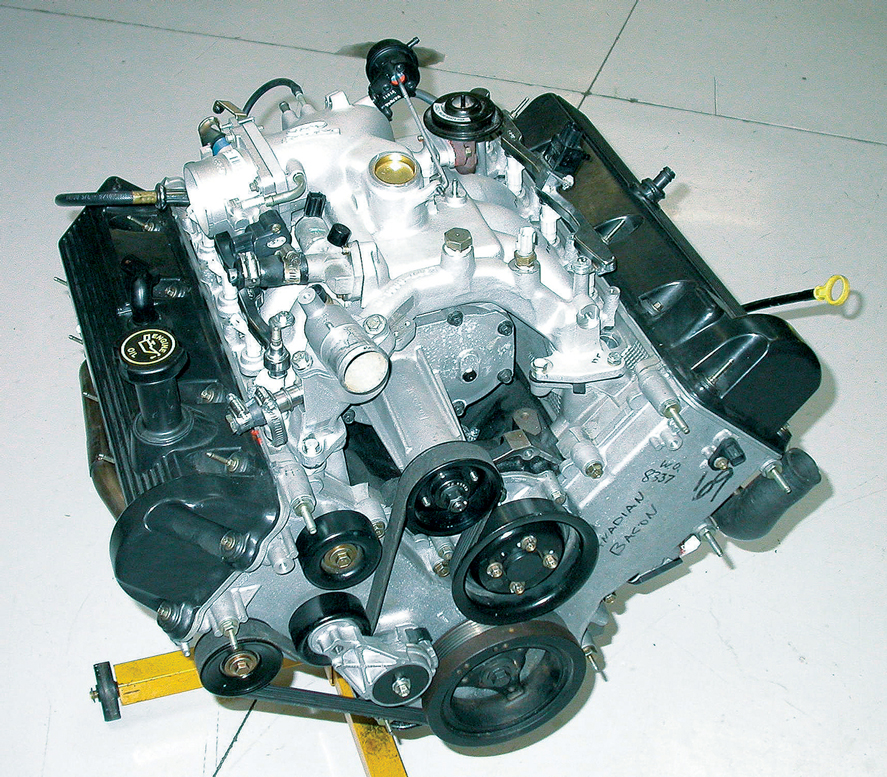
One of the most misunderstood performance components on any engine has to be the camshaft, or camshafts in the case of our overhead-cam 4.6-liter Ford engine. The difficulty is only compounded when you add forced induction to the mix. From an anatomical standpoint, the camshaft can be likened to the brain, as the cam profile determines how effectively (when and where) breathing takes place.
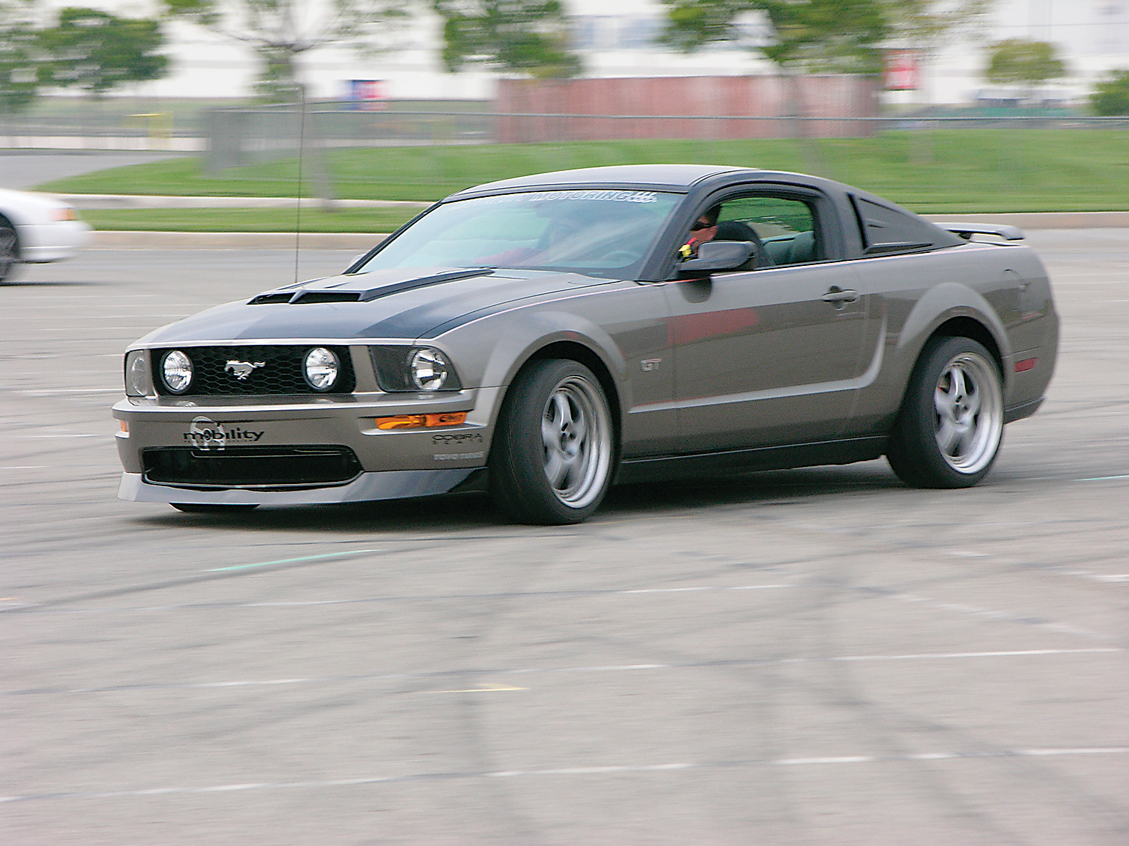
After seeing several ʼ05 Mustangs fitted with StopTech brakes on display at various shows, we made it a point to talk with them about the system they have designed for this car. The result was an impromptu testing session at the California Speedway in Fontana. As it turns out, just because the company had developed a kit that fit the Mustang didnʼt mean they were finished—not by a long shot.
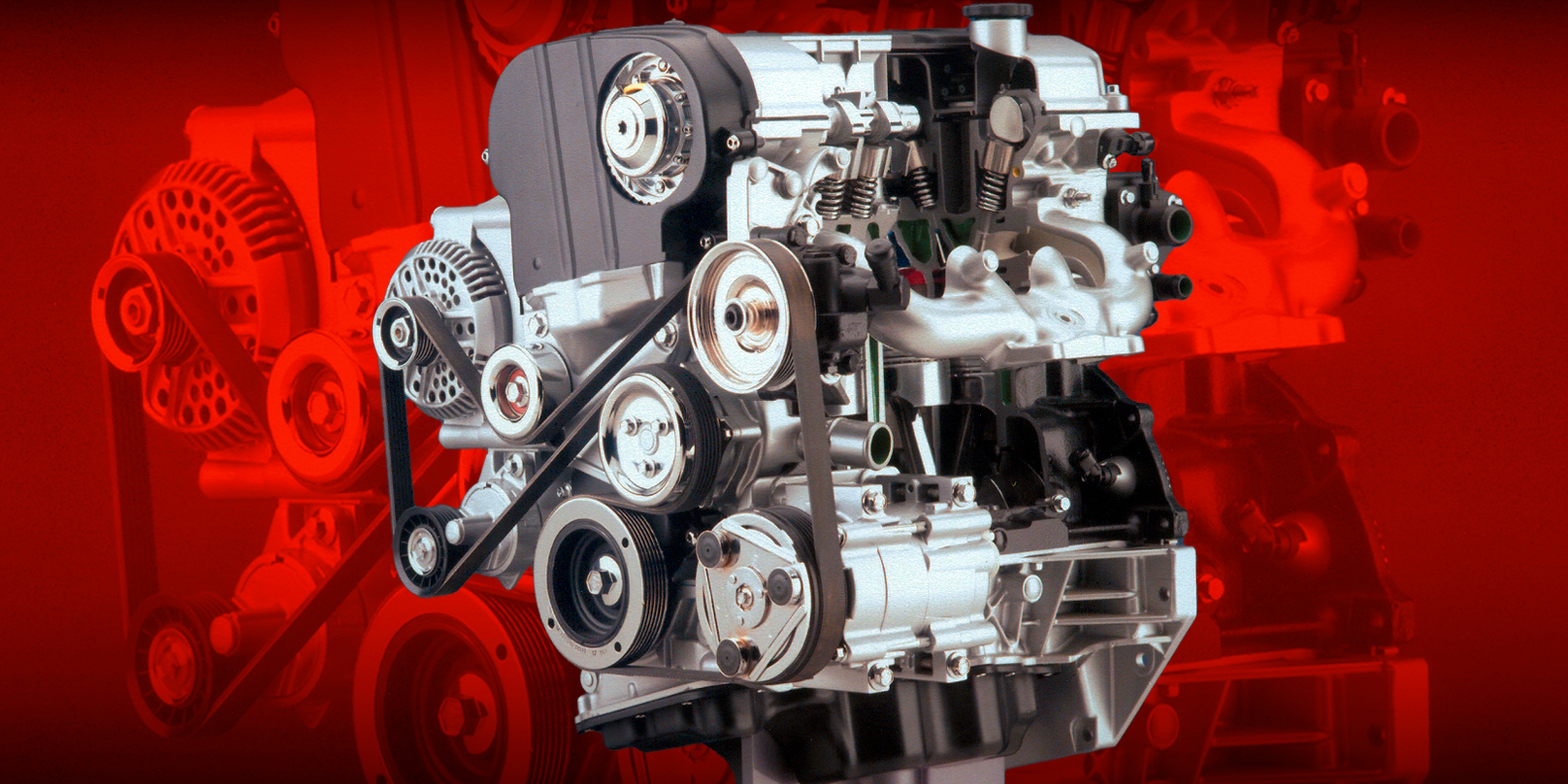
With the advent of the old-time roadster popularity rearing its head again, and with the ever-increasing price of gasoline, we suspect that you will be seeing more and more of these little engines in creatively altered hot rods. We know of a few being done right now, and we will be bringing those to you just as soon as they hit the road. But in the meantime, here’s a piece that took a lot of time to assemble and research, so we thought that those of you looking for alternative powerplants would enjoy this neat solution for the right, light car.





